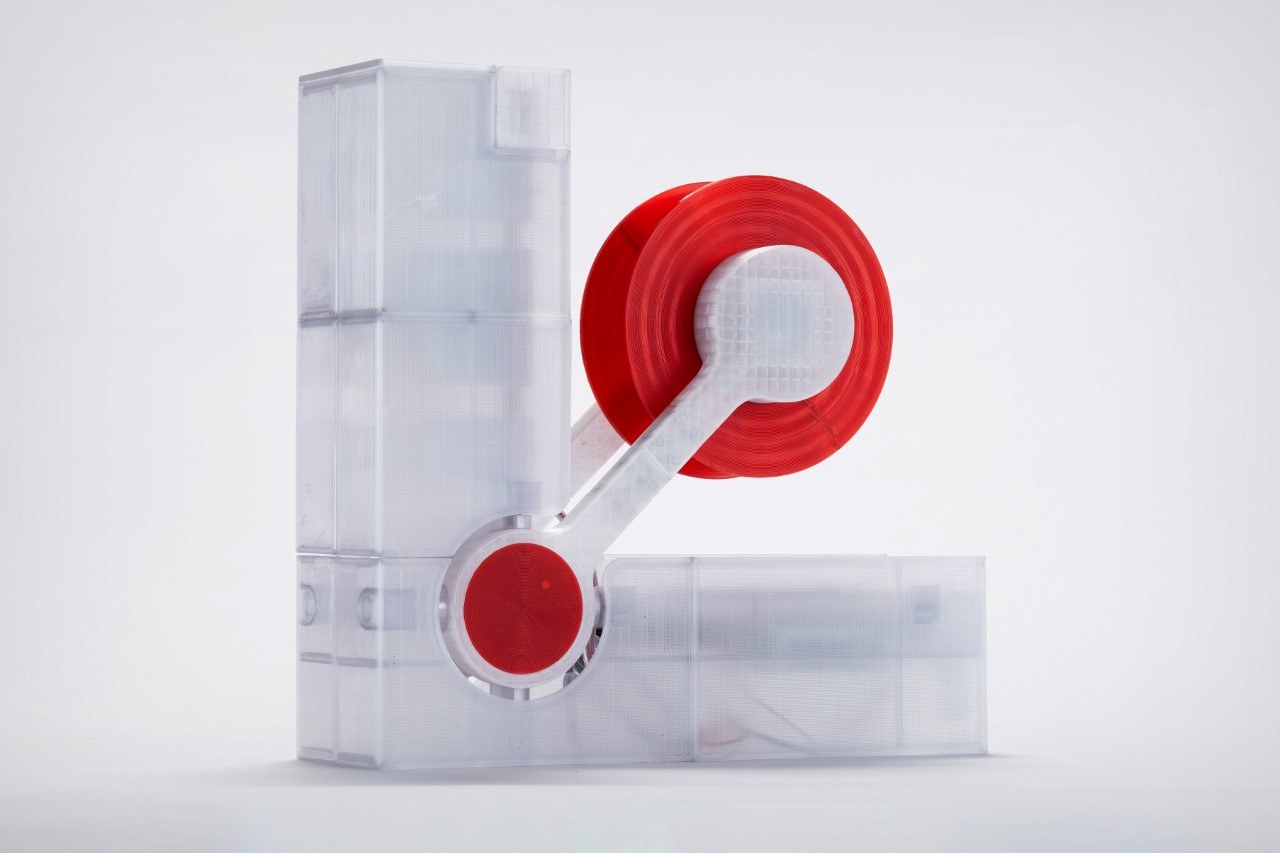The Future of Sustainability: Is 3D Printing Plastic Biodegradable?
In the era of rapid technological advancements, 3D printing has emerged as a revolutionary tool, transforming industries from healthcare to manufacturing. However, as we embrace this innovation, it's crucial to address the environmental implications. One question that often arises is, Is 3D printing plastic biodegradable? This article delves into this topic, exploring the intersection of 3D printing technology and environmental sustainability.
3D printing, also known as additive manufacturing, involves creating three-dimensional objects from a digital file. The most commonly used material in this process is plastic, specifically thermoplastics like ABS (Acrylonitrile Butadiene Styrene) and PLA (Polylactic Acid). The environmental impact of these materials is a growing concern, given the increasing prevalence of 3D printing.
Traditionally, ABS, a petroleum-based plastic, has been the standard in 3D printing. However, it is not biodegradable and can take hundreds of years to decompose in a landfill. This has led to a shift towards more sustainable alternatives, with PLA leading the charge.
PLA is a bioplastic derived from renewable resources such as corn starch or sugarcane. It is biodegradable under industrial composting conditions, breaking down into water, carbon dioxide, and biomass within 90 to 180 days. However, it's important to note that PLA doesn't decompose as efficiently in a home compost setup or in a landfill, where conditions are less controlled and temperatures are lower.
The biodegradability of 3D printed plastic also depends on the additives used. For instance, some 3D printed products may contain colorants, fillers, or other additives that could affect their biodegradability. Therefore, while PLA itself is biodegradable, a 3D printed object made from PLA might not be entirely so.
Furthermore, the energy consumption of 3D printing is another factor to consider when evaluating its environmental impact. While 3D printing can reduce waste compared to traditional manufacturing methods, it can also consume more energy, particularly when used for large-scale production.
In conclusion, while not all 3D printing plastics are biodegradable, strides are being made towards more sustainable alternatives. The use of biodegradable PLA is a promising development, but it's not a panacea. The biodegradability of 3D printed objects depends on various factors, including the type of plastic, the additives used, and the disposal conditions.
As we continue to harness the power of 3D printing, it's crucial that we also consider its environmental footprint. This will involve not only developing more sustainable materials but also optimizing the energy efficiency of 3D printers and promoting responsible disposal practices.
The question, Is 3D printing plastic biodegradable? is not a simple yes or no. It's a call to action for innovators, manufacturers, and consumers to continue pushing the boundaries of what's possible in 3D printing technology, without losing sight of our responsibility to the planet.

Post Comment